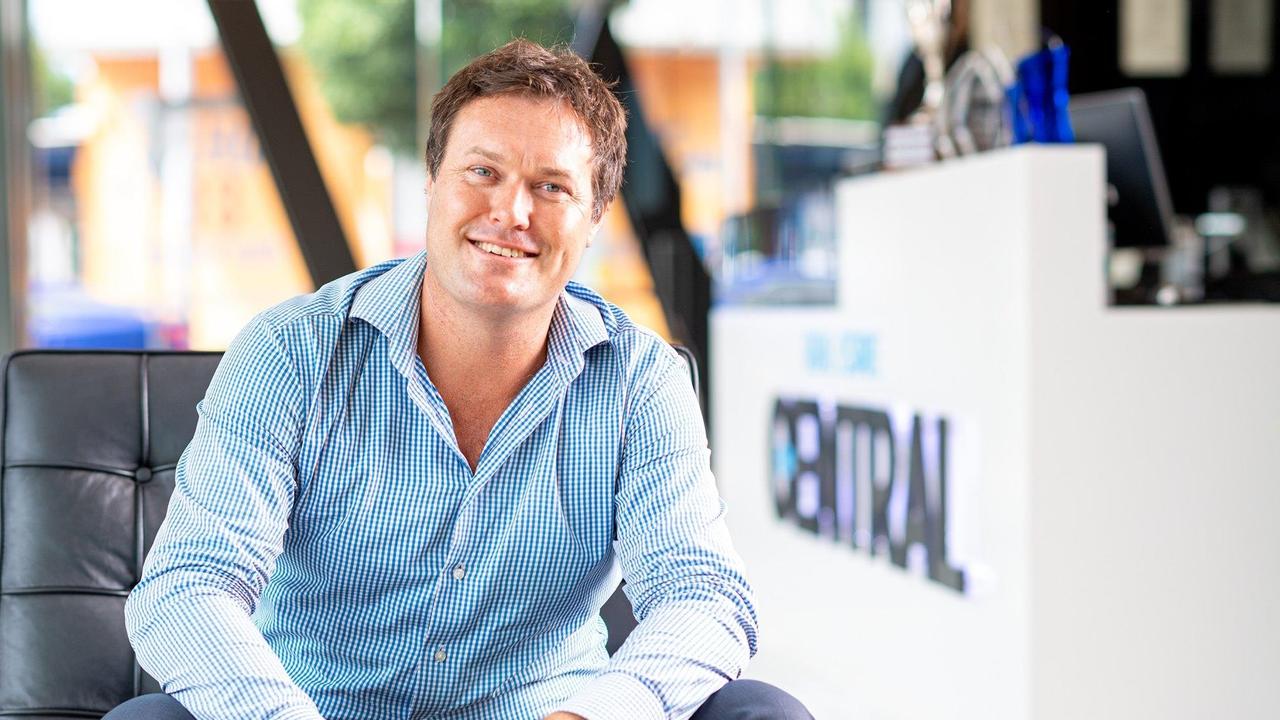Path to homeownership paved in good inheritances
Family help is opening the door to homeownership for fortunate Territorians with new research revealing the suburbs with the highest inheritances, while the number of first homebuyers turning to family for financial help skyrockets. SEE WHERE THE MONEY IS.

Family help is opening the door to homeownership for fortunate Territorians with new research revealing the suburbs forecasted to have the highest inheritances this decade, while the number of first homebuyers turning to family for financial help skyrockets.
New research from Seer Data & Analytics, commissioned by Philanthropy Australia, showed the top 10 NT postcodes where households were set to pass down the largest sums this decade, setting beneficiaries up with funds for homeownership, if not actual properties.
Tied at number one were Fannie Bay and Howard Springs, where an average of $1.36m per household will be handed down between generations from 2021 to 2030.
This worked out to be $158m in total in Fannie Bay and $94m in Howard Springs.
Next up was the Woolner, Bayview and Winnellie area where experts predict $1.3m on average per household would be bequeathed this decade, followed by Berrimah ($1.27m), Lyons ($1.27m), Larrakeyah ($1.22m), and the Brinkin and Nakara area ($1.21m).
Rounding out the top 10 were Jingili ($1.19m), the Durack and Marlow Lagoon area ($1.19m), and Virginia ($1.18m).

Real Estate Central director Daniel Harris said it was no surprise these suburbs were at the top of the list, as they were home to some of the NT’s most expensive real estate.
“These are the blue chip suburbs people are trying to get into and, once in, are far less likely to sell,” he said.
“You’ve got the niche suburbs of Knuckey Lagoon (Berrimah) and Marlow Lagoon, the in-demand rural suburbs of Howard Springs and Virginia and the classic old money suburbs of Fannie Bay and Larrakeyah.”
Seer Data & Analytics co-founder and CEO Kristi Mansfield said the inheritance research showed most of the wealth was concentrated in urban locations across the country.
“It’s mostly concentrated in capital cities, apart from the ACT,” she said.
In compiling the data, Seer used ABS statistics such as birth and death rates, age groups and net household wealth (equity, shares, income, superannuation), in making an estimate of when households will pass on wealth.
“We’re seeing significant housing net wealth due to increasing house prices and increased wealth over the last generation in particular,” Ms Mansfield said.
“Most of that wealth will transfer to older women because we know they usually outlive their husbands, and for the most part, that will then go to their children or family members.”

Analysis of new ABS data by Capspace found two-thirds of household wealth in Australia was held in bricks and mortar.
Australian household net wealth sat at a record $16.2 trillion in the March 2024 quarter, boosted by a record level of property assets of $11.0 trillion, or 67.9 per cent of net household wealth.
While some first homebuyers will be benefit from inherited wealth, data shows others are relying on a leg-up from family to get onto the property ladder.
Research from Digital Finance Analytics showed the percentage of Australian first homebuyers seeking financial help from family jumped from just 3 per cent in 2010 to 59 per cent now, with the average loan size for a deposit increasing from $23,000 to $107,000.
Digital Finance Analytics principal Martin North said up until 2015, parents were the only family members offering financial assistance to help their children save for a deposit to buy a home, but now around 80 per cent came from parents, 11 per cent from grandparents, and the remainder from other family members.
“We have created a two-speed property market, where those with access to family wealth can pay more and bid prices up, whereas those without this leg-up are being excluded,” he said.
“Prices have been stretched thanks to government policy like first time buyer subsidies and tax breaks, plus weak lending controls and high migration.
“This explosion in asset prices means people have to pay more for somewhere to live, but it enables people already owning property to pass down some of their equity via the family bank.”

Mr Harris said these Australian-wide figures were far less relevant in Darwin than in Melbourne or Sydney.
“The trickiest party of getting into the property market for first homebuyers is saving the deposit,” he said.
“So we do see a bit of that (turning to family for financial help) in Darwin, but not to the extent of other states.
“First homebuyers here are fortunate to have access to the cheapest capital city real estate in the country.
“For example, I just sold a property in Humpty Doo with a beautiful, large home and granny flat.
“The people buying it sold a one-bedroom unit in Bondi to fund the purchase and they still had change left over.”
Industry researcher McCrindle’s new report, The Pulse of Australia’s Property Market, found almost two-thirds of Australians agreed most young people can only enter the property market now with financial support.
McCrindle director of advisory, Ashley Fell, said that view was shared by three in five Gen Z (born between 1995 and 2009), with help from parents necessary to achieve home ownership.
Around 37 per cent of Gen Z said they were very likely to buy a property with family members such as a sibling or parent.
Gen Z was now also more open to unconventional paths with 33 per cent looking into buying with friends to split the cost – compared to just 17 per cent of Gen Y who would entertain that idea.
“While Gen Z are well aware of the barriers to home ownership, namely high property prices and cost of living pressures, it hasn’t diminished their desire to build wealth by entering the property market,” Ms Fell said.
FORECASTED WEALTH TRANSFER PER HOUSEHOLD AND PER SUBURB 2021-2030
Fannie Bay – $1.36m – $296m
Howard Springs – $1.36m – $229m
Woolner/Bayview/Winnellie – $1.3m – $112m
Berrimah – $1.27m – $56m
Lyons – $1.27m – $128m
Larrakeyah – $1.22m – $165m
Brinkin/Nakara – $1.21m – $148m
Jingili – $1.19m – $82m
Durack/Marlow Lagoon – $1.19m – $133m
Virginia – $1.18m – $153m
(Source: Seer Data & Analytics)



